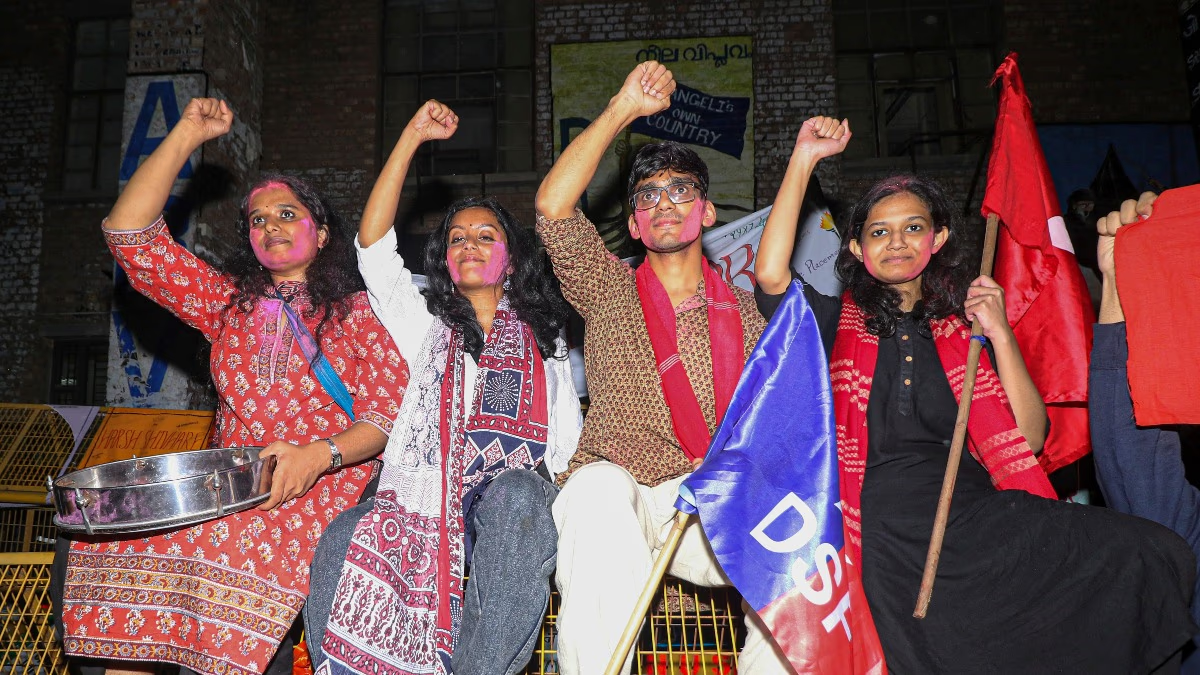Tehran, the capital of Iran, stands as one of the world's oldest cities, housing over ten million residents. Today, this vibrant metropolis faces one of its gravest challenges—a critical water shortage. The government warns that if the rains don’t come, water rationing will commence. Should the drought persist till December, the eventual evacuation of Tehran may become inevitable.
The water situation is dire. The Amir Kabir Dam reservoir retains only a sixth of its previous capacity compared to last year. Many provinces have seen no rainfall for months. Officials plan to shut off water taps at night to replenish reserves, but the reservoirs are alarmingly dry. A source indicates that even drinking water might run out in two weeks.
President Masoud Pezeshkian has raised the alarm, declaring that if there is no rain by the end of November, water distribution will be necessary. And if drought conditions continue into December, relocating Tehran's population will be unavoidable. This stark reality is a frightening prospect. Iran is enduring one of the worst droughts in decades.

Source: aajtak
The government points to climate change as the culprit. Yes, the climate is evolving—heatwaves soar past 50 degrees Celsius, and the rainfall deficit is glaring, especially in the Tehran region. But that's only part of the problem; human errors are largely to blame. Years of mismanagement are now catching up.
Over 90% of Iran's water goes into agriculture, but farming practices are outdated. Farmers choose water-intensive crops like rice and wheat. Rivers are running dry; Zarineh Rud is now reduced to a seasonal stream. Dams have disrupted the natural flow of rivers, destroying wetlands.
Like oil, Iran drilled wells, extracting groundwater without allowing for natural recharge. Rapid urban development burgeoned populations without assuring water planning. Cities like Tehran saw their water demands double with no corresponding supply increase.
The government consistently ignored the mounting crisis, building dams without foresight, dismissing the realities of climate change, and propagating flawed agricultural and infrastructural policies. Experts brand these failures as suicidal mismanagement, where climate change acted as the match, but human errors fueled the fire.

Source: aajtak
Iran grasps for aid from neighbors—Afghanistan, Tajikistan, Uzbekistan—but this is borne from necessity, not diplomacy. Tehran faces nightly water shutdowns, with reductions already occurring in some areas. Yet, should rain continue to elude, these measures will prove insufficient.
Tehran has withstood invasions, coups, sanctions, but thirst may force it to bow. If taps run dry, the next revolution might originate not in the streets, but in the kitchens. People will battle thirst and hunger equally. The future of Iran is at stake.
Experts urge immediate action with plans for water conservation, new technologies, and rational policies. However, the first need is rainfall. Without December rains, Tehran’s narrative might just become a tale of the past.




